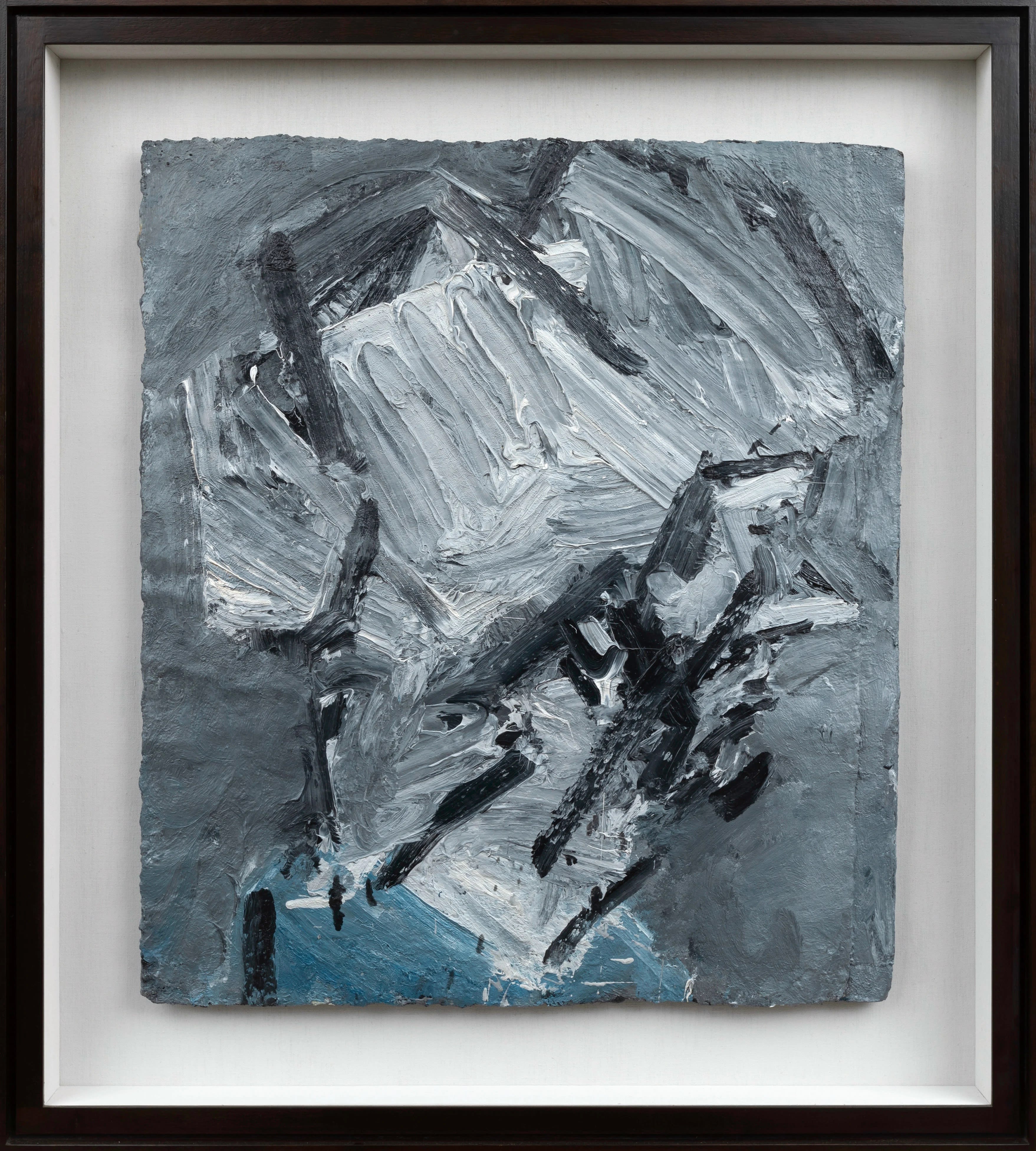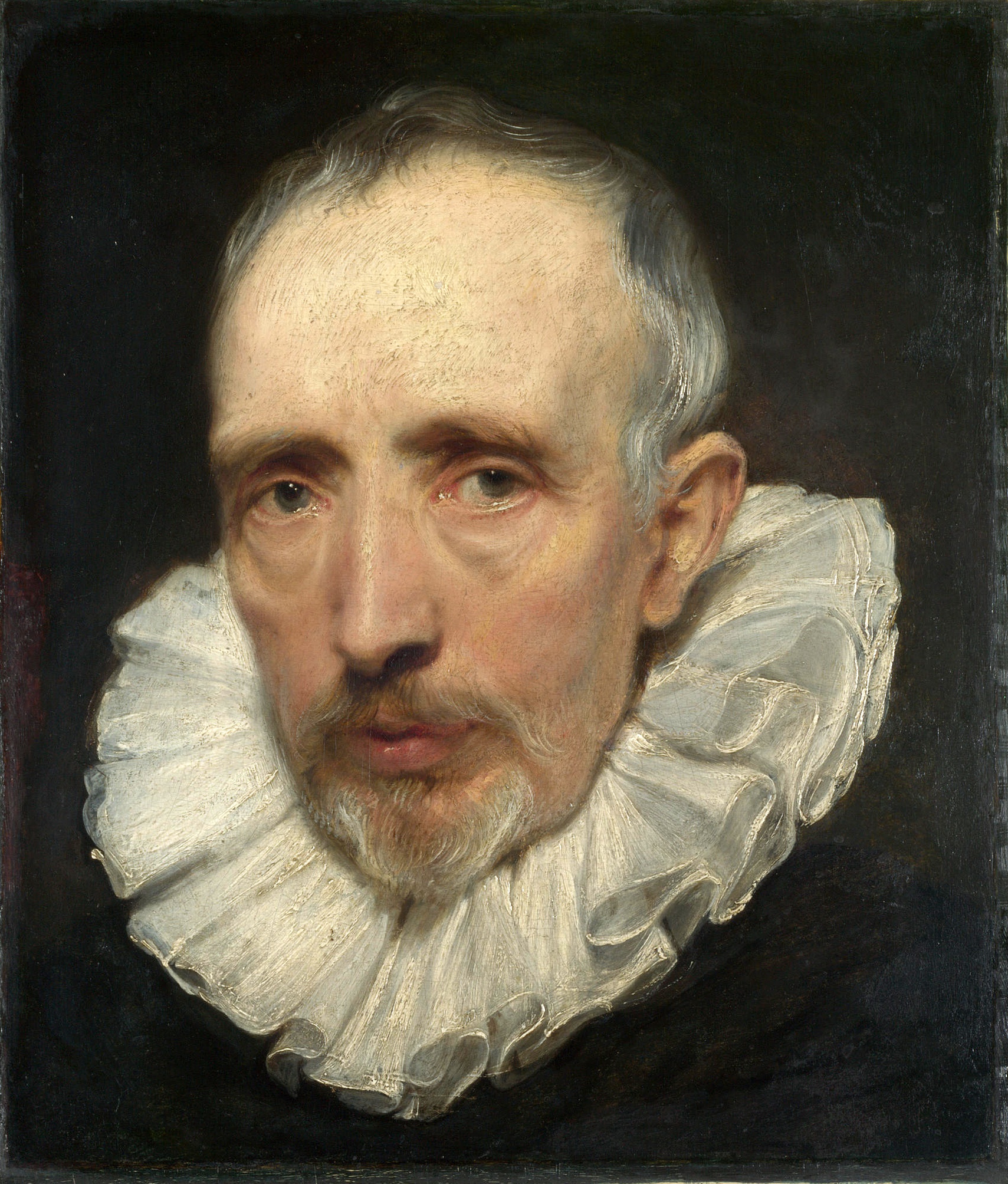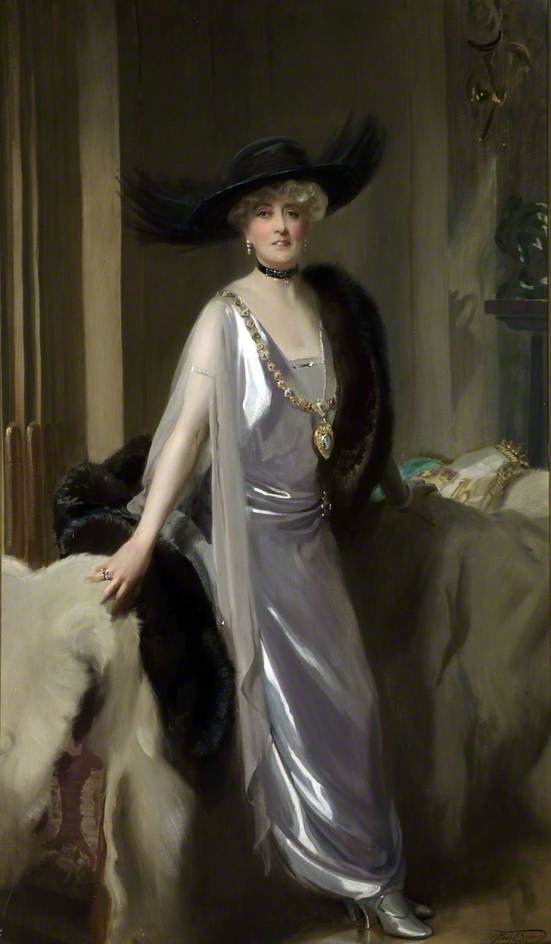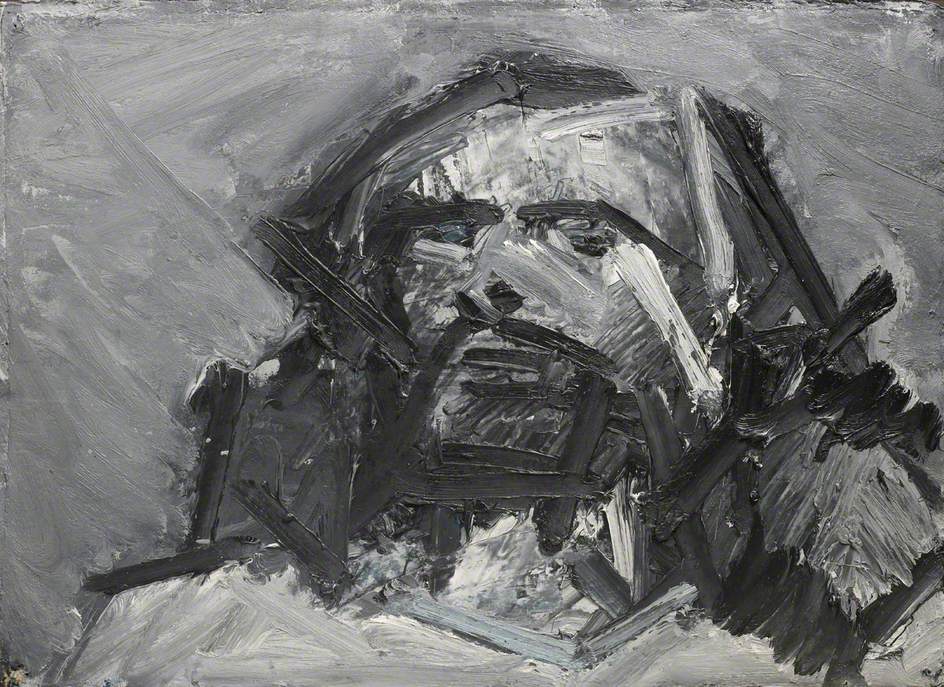Regarding only the appearance and physical presence of his sitters, Frank Auerbach makes pictures of the human head that defy categorisation as portraiture.
InSight No. 139
Frank Auerbach | Head of Laurie Owen I, 1973

Like all genres, portraiture has certain limits. These limits are not definite and the contingencies of making and receiving art allow for ambiguity. But certain points of decorum cannot be compromised. Likeness is a special magical quality and much of portraiture’s power as imagery flows from it. Even those artists who defy portraiture and transgress the limits of the genre, including Frank Auerbach (b. 1931), have found the literal facts of likeness a compelling and endlessly rewarding subject for art.

Close attention to the model has always been integral to the way Auerbach makes a picture, even if the painting itself resonates as an image of a human head—not an expression of public identity or a record intended as an heirloom for posterity. For centuries these functions underpinned paintings like Anthony van Dyck’s portrayal of Cornelis van der Geest. For Auerbach these qualities—public identity, heirloom—are distractions from the fundamental challenge of making art in the post-war era, which is rather to make something new and truthful that strikes its viewer forcefully. For this reason, Auerbach has yet to paint socialites, mayors or university administrators. Laurie Owen, who sat for four portraits, is little-known other than as one of Auerbach’s sitters—a painter acquaintance of Auerbach’s whose identity is only loosely connected to the paintings of him.

Even as Auerbach has portrayed friends, family and partners, likeness has remained for him a matter of fact and not sentiment. Any perceived mood or atmosphere in his pictures might be attributed either to an unintended consequence of his own intense concentration, producing similar intensity in his sitters, or some latent emotional situation that is present but intangible. Working in the idiom he established in the late sixties (see InSight 116), Auerbach has made paintings and drawings that resemble sinewy, closely reasoned resolutions to arcane problems. In 1983, he said that finishing a picture was ‘a little bit like the feeling when one has finished a crossword puzzle: one has the solution’.

This ‘solution’ is typically originated in a flash of discovery, put down in a single sitting, though it is only conceivable after the sustained and agonised application of many previous sittings. The ‘problem’ in question is how to reconcile a specific person, viewed from a particular angle, with essentially pictorial formulae—the structure of brush marks, the geometry of interlocking shapes, the gradation of colours over a flat surface, all of which must speak of the subject while operating independently from it. Head of Laurie Owen I was executed on paper and may have started as a charcoal drawing. Over the course of its development further sheets of paper were laminated to the back of the first sheet, including an extension of the tableau along the right-hand side to make room for the enormous proportions of the head, which strain against the confines of the picture plane. At some stage oil paint took over.

The sitter is viewed in profile from his right. The beak-like nose projects from the face and almost touches the right-hand edge of the picture plane. A vast expanse is occupied by Owen’s shaggy mane of hair, de rigueur in the early seventies, which is evoked by several strongly directional strokes of the brush, pulled downward from left to right. The picture’s colour range is narrow and chromatic, with the skin and hair painted in the same colour as the space around the figure but with an addition of white; the clothing at the lower edge of the picture is in a contrastingly bright tone of blue. An armature of ‘finishing lines’, executed in a darker tone, locks the salient features of the head into position, creating an irregular flat shape that ties together the whole surface of the picture: beguiling geometrical invention entwines with a precise suggestion of volume and physical structure. The outline of the head, the position of the cheekbones and jawline and the sinews of the neck are all rendered with precision and the utmost brevity.

Notwithstanding the assiduous attention to subject that motivates them, Auerbach’s paintings of the human figure are remarkable for their anti-naturalistic quality. His dealer Helen Lessore understood this and wrote of how his solutions were ‘more intellectual and visual’ in contrast to the importance of ‘feeling’ in the art of his one-time teacher David Bomberg and his friend and contemporary Leon Kossoff. In a work such as Head of Laurie Owen I, Auerbach realised his ambition to make ‘something totally new and raw and strange and arbitrary, the like of which has not been seen before but which is true to my experience of the subject.’
Images
1. Frank Auerbach, Head of Laurie Owen I, 1973, oil on paper, 81.3 x 71.1 cm
2. Anthony van Dyck, Cornelis van der Geest, circa 1620, National Gallery, London
3. Frank O. Salisbury, Mrs Wilson, Mayoress of Liverpool, 1923, Walker Art Gallery, Liverpool © The Estate of Frank O. Salisbury
4. Frank Auerbach, Head of Laurie Owen, 1971, The Whitworth, University of Manchester © Frank Auerbach
5. Head of Laurie Owen I (detail)
6. Head of Laurie Owen I (detail)

